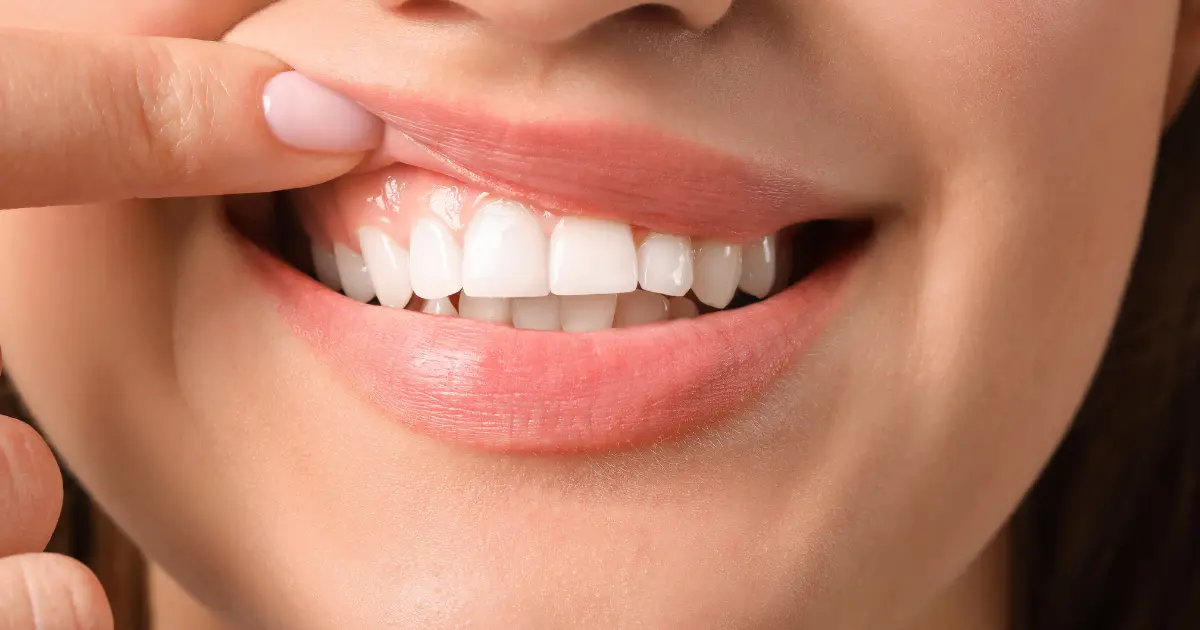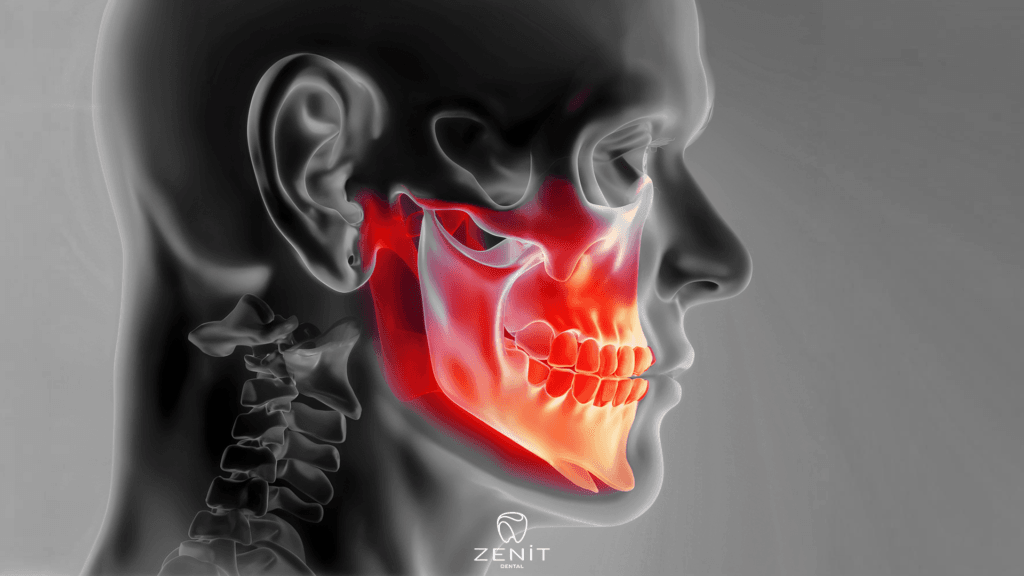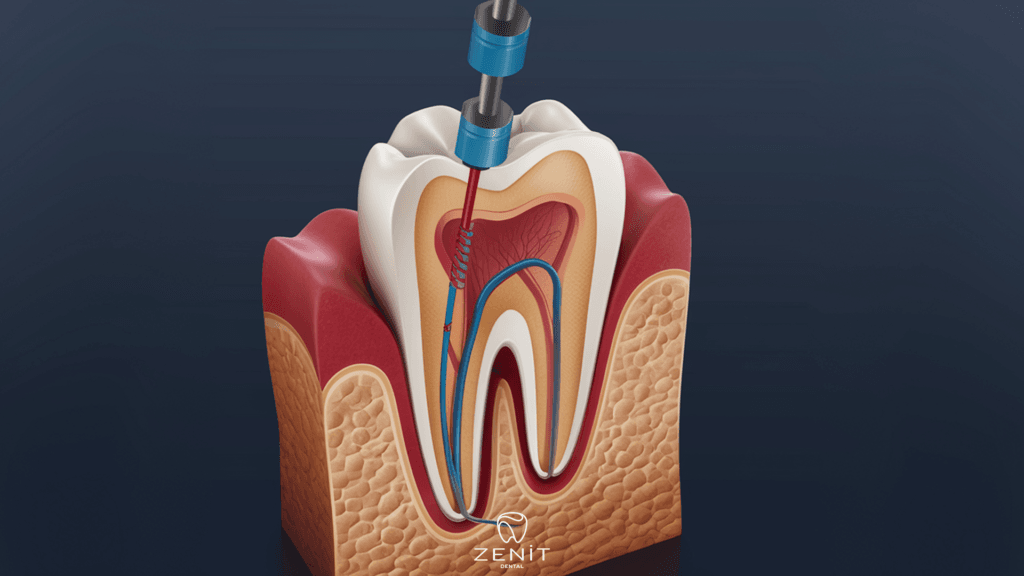Imagine a world where your smile reflects the story of your life. Every laugh, every word, every expression crafted by the architecture of your teeth. However, sometimes, our dental health can deviate from the ideal narrative. One such detour may involve the overgrowth of gum tissue, a condition that may require a gingivectomy. Zenit Dent, a leading voice in oral health, is here to guide you through the path of understanding this procedure.
What is Gingivectomy?
A gingivectomy is a surgical technique performed to remove and reshape loose, diseased gum tissue and to minimize the depth of pockets between the teeth and gums. The word may additionally seem like a modern invention, however the concept is as old as dental care itself. It is a therapy option that targets the basis of our smiles – our gums, and helps in rectifying gum diseases that can’t be handled with conventional methods.
Why is Gingivectomy Performed?

The procedure is not just about aesthetics, however also about health. A gingivectomy is typically carried out when the gums have pulled away from the teeth, creating deep pockets. These pockets make it hard to smooth away plaque and tartar. The procedure helps in preventing similarly gum disease and tooth loss, paving the way to a healthier, brighter smile.
Who Can Benefit From Gingivectomy?
Gingivectomy isn’t a one-size-fits-all procedure. It is typically recommended for patients with severe periodontal disease where non-surgical treatments are not enough. It can also be an option for those who, due to the configuration of their gum tissue, are predisposed to recurrent gum infections. Thus, anyone seeking to improve their oral health and aesthetics can benefit from this procedure, granted they have the advice of a trusted dentist like those at Zenit Dent.
Types of Gingivectomy Procedures
The path to healthier gums is not a monotonous one. There are several types of gingivectomy procedures that cater to individual needs and conditions:
- Traditional Gingivectomy: This is the original method where excess gum tissue is removed with a scalpel. Although it’s an older method, it still proves to be effective for severe cases.
- Electrosurgery Gingivectomy: This is a less invasive method where a small electrical current is used to remove excess gum tissue. It is known for its precision and the reduced healing time.
- Laser Gingivectomy: This is the most modern approach that utilizes a laser to remove overgrown gum tissue. It provides the benefits of minimal bleeding and discomfort.
Now that we have a solid grasp of what a gingivectomy entails, it’s essential to delve deeper into the procedure, its risks, and benefits. This facts will not only assist you make an informed decision however also contribute in the direction of demystifying any fears or apprehensions.
The Gingivectomy Procedure: Step-by-Step

A gingivectomy typically starts with a consultation at a reputable dental clinic like Zenit Dent. Your dentist will assess your oral health, take note of any specific concerns, and decide whether a gingivectomy is the best course of action. If the decision is made to proceed, here’s what you can expect:
- Anesthesia: To ensure the procedure is pain-free, local anesthesia is administered to numb the area.
- Tissue Removal: Depending on the type of procedure, your dentist will remove the excess gum tissue using a scalpel, an electrical current, or a laser.
- Reshaping: Once the excess tissue is removed, your dentist will reshape the remaining gums to conform to the contours of your teeth.
- Recovery: Post-procedure, your dentist will provide you with aftercare instructions to aid in a smooth recovery.
Risks Associated with Gingivectomy
Like any surgical procedure, a gingivectomy does come with its share of risks. Some patients may experience bleeding, swelling, or discomfort after the surgery. In uncommon cases, there may be a risk of contamination or adverse reaction to the anesthesia. However, when carried out by experienced professionals, these dangers are significantly minimized.
Benefits of Gingivectomy
While the idea of undergoing a surgical procedure might seem daunting, it’s important to remember the benefits of a gingivectomy. Primarily, it aids in halting the progression of gum disease, thus preventing potential tooth loss. Additionally, it improves the aesthetic appearance of your smile by removing overgrown gum tissue. Finally, by reducing deep gum pockets, a gingivectomy makes oral hygiene easier to maintain, contributing to overall oral health in the long run.
Understanding the entire scope of it can make the journey towards better oral health less intimidating. Remember, the key to any successful dental procedure is an open line of communication with your dental professional. Make sure to discuss any concerns or questions you may have before undergoing the procedure. With the right guidance and care, you can step towards a healthier, more confident smile.
Each of these procedures have their own merits, and the best one for you would depend on your individual oral health status and your dentist’s expertise.
In conclusion, it is a procedure that plays a crucial role in maintaining oral health and preserving the beauty of our smiles. The process might seem daunting, but with the right guidance and care, it can become a positive step towards a healthier you.






